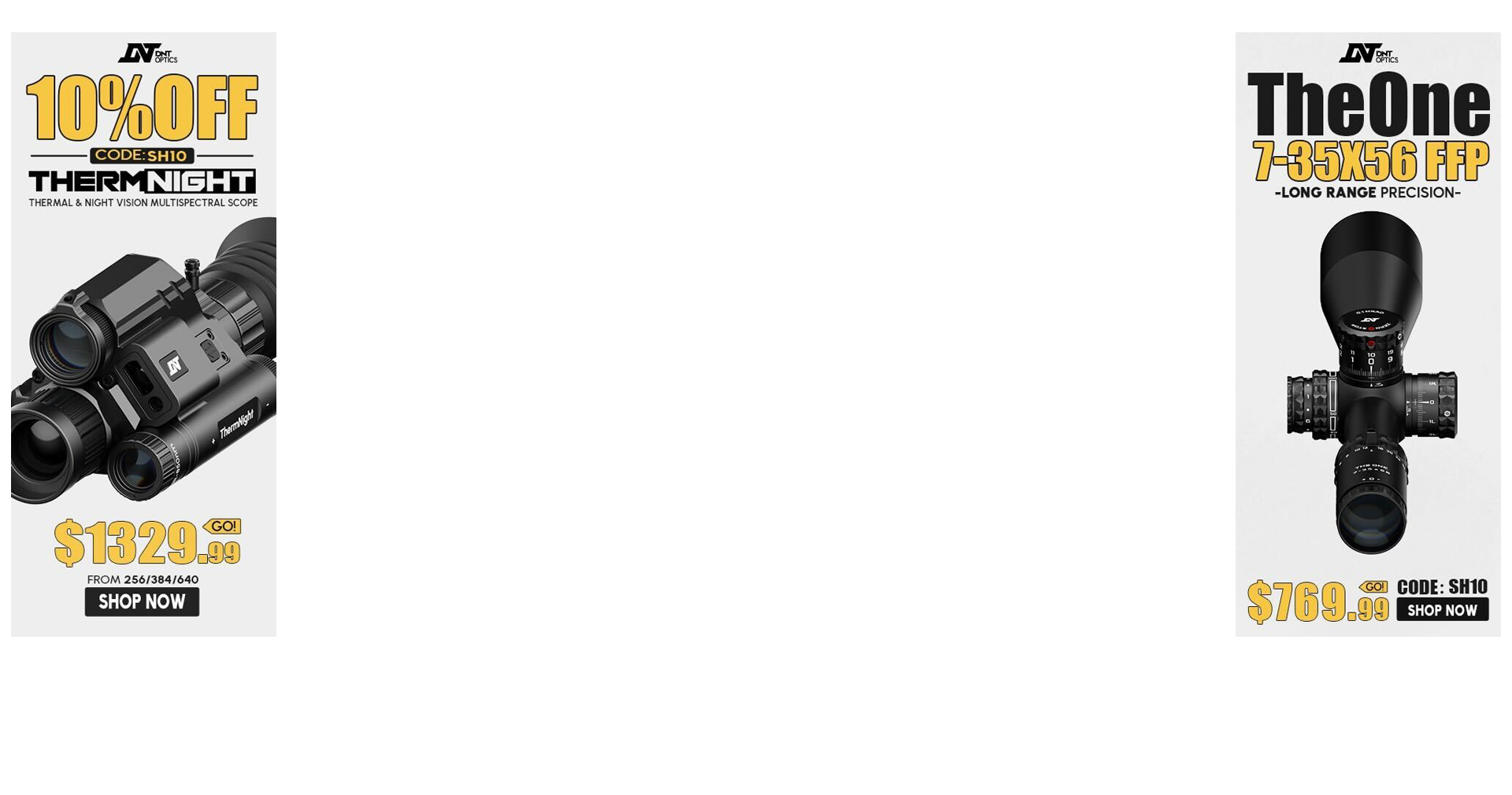Got bored today and started looking up a few random things via google and came across a couple of articles about buffer tube weight when running hot loads/suppressor/other items and got curious-
So I took my buffer tube apart to find 6 steel rolled "slugs" with rubber pads stacked inbetween.
Weighs in right over 5 ounces.
I see that some companies offer a 10 oz buffer tube which sounds kinda heavy compared to the factory buffer tube weight.
What advantages does a buffer tube with twice the weight really offer, and why would it help with a suppressor or hot load?
I ask because I was thinking of machining some tungsten to the same dimensions as whats in there to double the weight.
So I took my buffer tube apart to find 6 steel rolled "slugs" with rubber pads stacked inbetween.
Weighs in right over 5 ounces.
I see that some companies offer a 10 oz buffer tube which sounds kinda heavy compared to the factory buffer tube weight.
What advantages does a buffer tube with twice the weight really offer, and why would it help with a suppressor or hot load?
I ask because I was thinking of machining some tungsten to the same dimensions as whats in there to double the weight.

